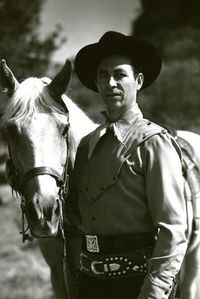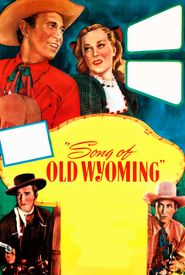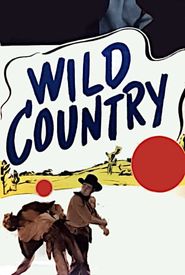Eddie Dean's rise to fame began in the 1930s as a country-western singer on the radio, a platform that catapulted him into the spotlight. Undeterred by his initial success, Dean made the bold decision to venture to Hollywood, determined to make a name for himself in the world of western movies. His debut in the 1934 film "Manhattan Love Song" marked the beginning of his cinematic journey, although it was not without its challenges. Dean struggled to land substantial roles in feature films and musical shorts, his career stagnating as a result.
However, the tide began to turn in the early 1940s, and by 1945, Dean had established himself as one of the most popular cowboy stars of his time. Despite this newfound success, several factors worked against him achieving even greater heights. Dean's stoic, somewhat dour screen presence, combined with his contract to the low-rent PRC (later Eagle-Lion) Pictures, whose westerns were notorious for their shoddy production quality, hindered his ability to rise to the top of the Hollywood hierarchy.
Furthermore, the singing cowboy craze, which had swept the nation in the 1940s, had begun to wane by the time Dean emerged on the scene. As a result, his career was marked by a sense of timing, with his peak success coinciding with the decline of the genre. This was perhaps best encapsulated in a review of one of his films by the "New York Times," which noted that the film's use of Cinecolor, a color film process, was not an improvement, and that Dean's presence on screen was still somewhat lacking.

























































